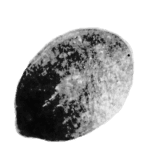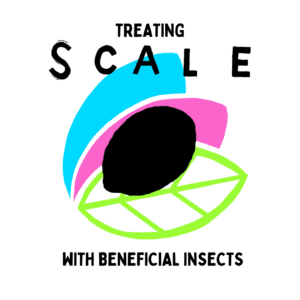Scale are hard-bodied insects. Once reaching maturity, the adult female scale will attach itself to the plant and become immobile.


ALL ABOUT SCALE
There are many different types of species of scale insects, but generally when we refer to “Scale” in the houseplant community we are referring to a hard bodied, immobile insect that sucks plant sap (either armored scales or soft scales). In their juvenile stage, the scale insects are nearly microscopic and mobile, and they travel the plant looking for a spot to settle. Once they find it, they build a hard-covered waxy coating around themselves (which protects them from predators) and affix themselves to feed. The eggs are laid underneath this dome and, once they mature, they stream out to roam and feed on the plant and start the cycle over again. Similar to mealybugs, the adult males of the scale insects are winged.
This hard covering is a very effective protection against both synthetic pesticide and natural enemies, and all of the hard-bodied adults you can find should be removed manually. They are easy to remove and should pop off like candle wax.
SCALE DAMAGE
Unlike other pests such as Thrips or Spider Mites, Scale doesn’t tend to have a typical damage pattern. Instead you’ll likely see overall plant decline; yellowing leaves, stunted and distorted new growth, or no new growth at all.

Manual removal for Scale is key! Use a paper towel, cotton ball, or old tooth brush to remove as many of the hardbodied adult Scale as possible. This step is essential as there are no great houseplant appropriate beneficials (or pesticides) that can get under the dome of the adults.
Once you remove as many of the scale adults as possible, rinse off all the plant leaves thoroughly with running water to remove the juvenile crawler stage. Then follow up with releases of lacewing larvae every two weeks (these will also target the crawler stage) until the scale insects are gone.
Adding Stratiolaelaps to your growing medium as well can help ensure a thorough pest management approach.





